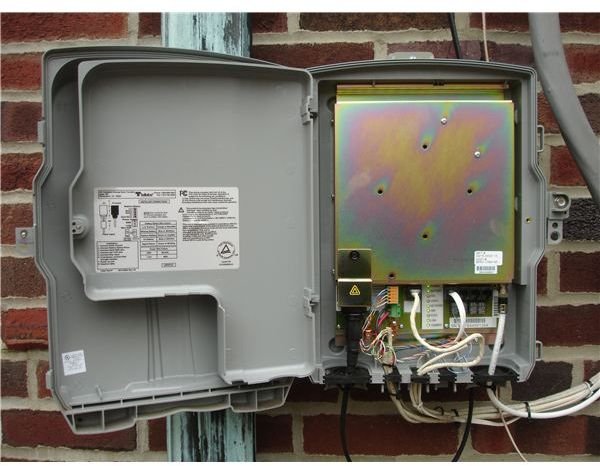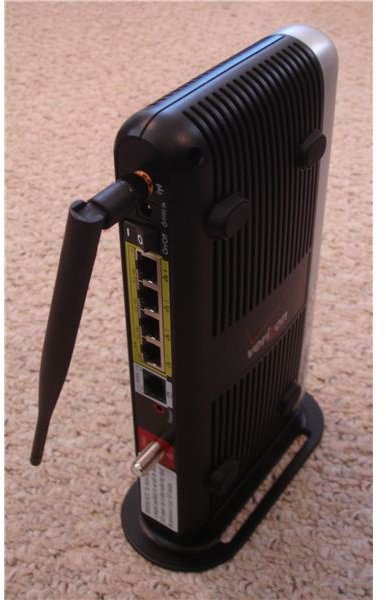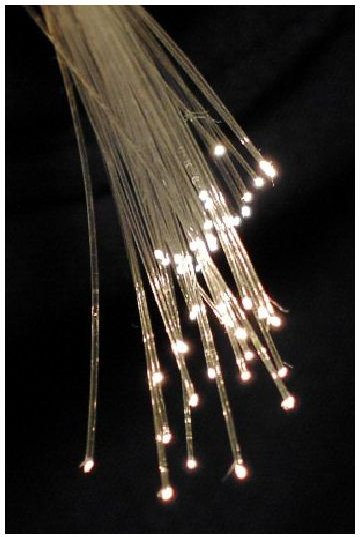Verizon FIOS - What is FIOS? How FIOS Works?
Verizon FIOS is one of the newest offerings into the Phone/Internet/TV world - a technology and service which threatens to revolutionize the delivery of data to homes or offices. FIOS offers an alternative to existing analog technology, and provides a digital only connection to an increasingly digital world. With 12.7 million homes able to access FIOS service at the beginning of the year and 2.5 million subscribers to FIOS Internet with 1.9 million FIOS TV customers, Verizon FIOS has become one of the fastest growing communications carriers in the nation.
The Last Mile In Service
FIOS stands for Fiber Optic Service; it’s a system of data delivery that uses fiber optics, strands of pure glass, in order to deliver digital-only service straight to users without the limitations often associated with the copper wire used in older delivery systems such as cable television or landline telephones. Through the use of fiber optics, FIOS is capable of offering higher Internet speeds and a greater range of television channels than those available through its closest competitors.
Verizon FIOS utilizes a system known as fiber to the premises (FTTP) to provide its FIOS services. The technology is capable of providing a host of services consisting of Digital Television, Internet, and Telephone. While the technology has been around for years, FIOS is the first offering by a major U.S. carrier for consumer and business uses. In offering fiber to the premises FIOS has taken the final step in digital delivery to the consumer, while most other providers of the same services use fiber only in the network backbone, relying on existing cable or coax installations to provide the last mile of service from hub to consumer.
How It All Works
The data over the FIOS service is delivered through the use of passive optical network technology. A passive optical network is a method of using a single optical fiber to service multiple premises. Single-mode optical fiber is extended from the carrier’s network hub into the customer’s neighborhood where it is split using an optical splitter into up to 32 separate fibers, each serving a single premise. At the premise an optical network terminal (ONT) is installed and sends the data received along the network into the household wiring for telephone, video, and Internet access.
Communication over a fiber-optic cable is done through light emission along the glass fibers. The light creates an electromagnetic carrier wave which is then modulated to carry data along a signal. A transmitter creates an electrical signal into an optical signal which is relayed along the line to a receiver which converts the optical signal back into an electrical signal readable by the equipment at the other end. During the signal progress, the signal is often amplified to prevent degradation, or relayed through a series of repeaters.
The data is carried over three wavelength bands. One devoted to television channels, and two devoted to data, the first for inbound traffic, second for outbound traffic. FIOS television is broadcast from the master television facility, to a local video hub office, then on to the subscriber’s premise where the optical network terminal converts the signals into a form compatible with cable television systems. Telephone over FIOS is usually an analog offering, often referred as plain old telephone service (POTS), and is the basic telephone service offered in most parts of the world. The ONT typically houses 2 to 4 telephone jacks but unlike copper wire based telephone service, fiber optics carry no power, so power outages will knock out phone service as well as everything else. Internet connectivity is provided by the ONT via an RJ45 connector, with speeds offered of up to 50Mbps down/ 20Mbps up.
What You Get With Installation

Most FIOS installations use the Tellabs 1600 series brand ONT. The Tellabs ONT allows for 2 to 4 voice telephone ports with native POTS and Voice-over-IP (VoIP), includes a gigabit Ethernet interface for data with the capability of Power-over-Ethernet (PoE), and a coaxial connector for cable television broadcasts. To deal with power outage concerns it comes with a rechargeable battery back-up option that allows for 4 to 8 hours of continuing power to the ONT. Another common ONT in usage is the Motorola ONT1000M which provides the same quality of service, but is only capable of 100MBPS Ethernet and used primarily in single family households. The router installed in the home is usually an Actiontec MI424-WR broadband wireless-G router, which is used for both TV and Internet service. The MI44-WR offers a WAN coaxial connection along with the four 10/100 megabit Ethernet ports and a single 10/100 megabit Ethernet uplink port.

Installation of the service is not a brief process. It’s been known to take upwards of 5 hours to complete as a great deal of work has to take place in order to get the fiber to the premise. The installation requires both outside and inside wiring, and the mounting of the ONT, usually near the existing telephone box. For apartments, Verizon usually mounts larger ONTs capable of servicing multiple households. These ONTS are placed floor by floor in a complex, and can speed up individual installs significantly. Installation does not negate the old technology already present however, and rollback from FIOS is possible if necessary.
Verizon FIOS service is the latest step in the digital communications revolution, a step closer to the day when all information is transmitted along digital means. Speeds and bandwidth allowable under the system are much higher than their analog equivalents, and the equipment used allows for growth that traditional analog systems simply can’t match. And by using fiber to the premise, Verizon hopes to satisfy the increasing needs of a data hungry world.
